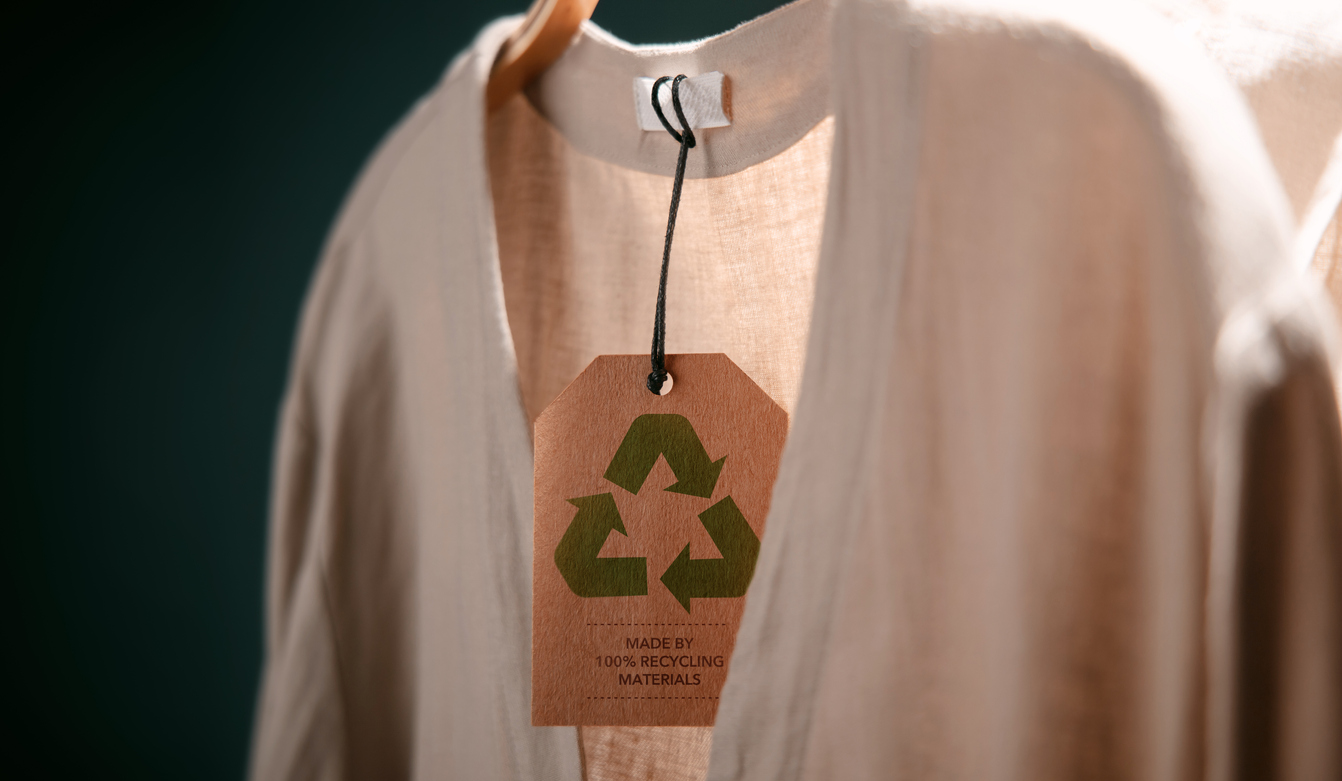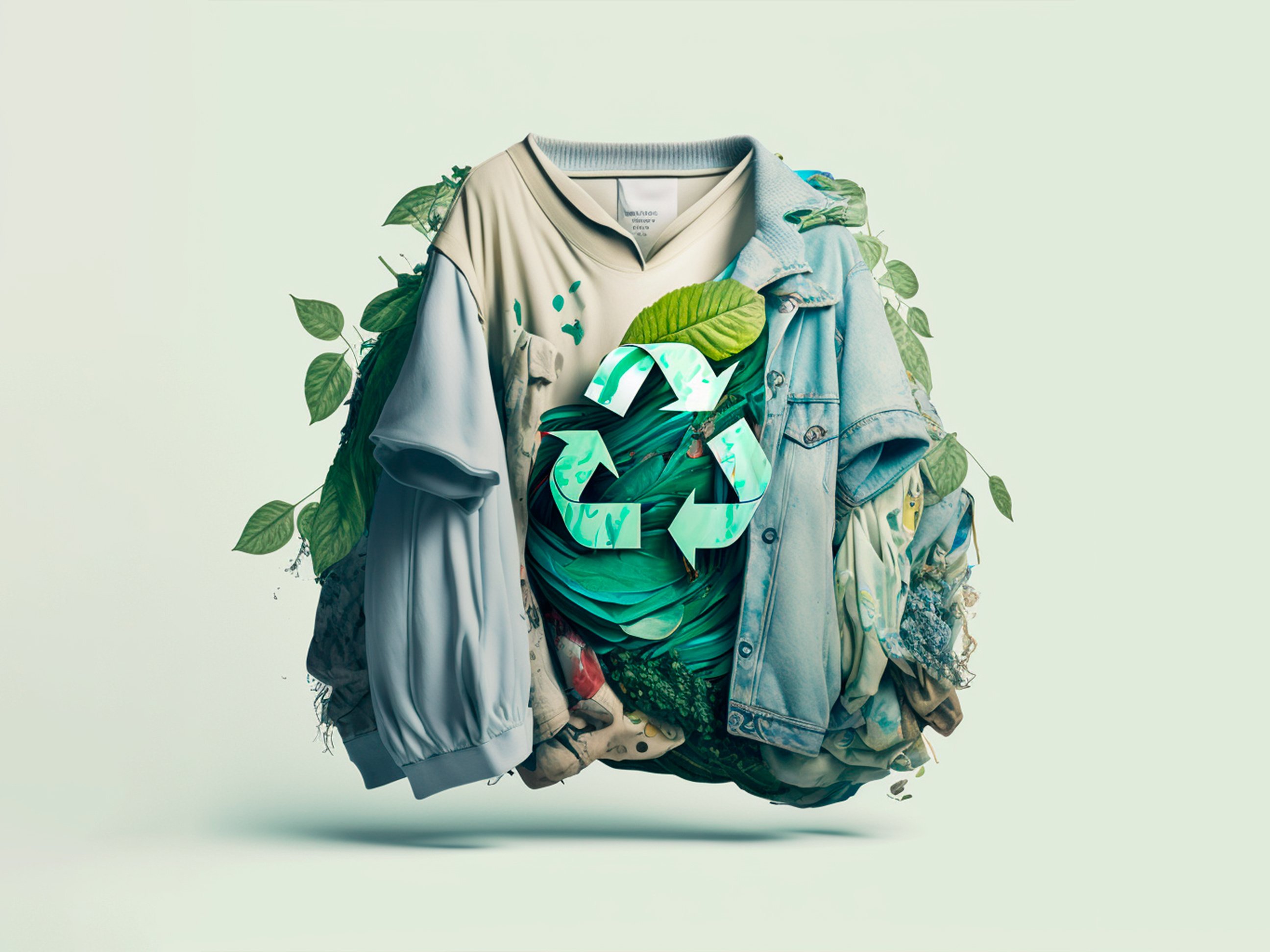Discover Cape Town Sustainable Fashion Boutiques as well as Brands
Keep Ahead of the Contour by Checking Out Cutting-edge Style Fads
In a sector as dynamic as fashion, staying ahead involves greater than simply following existing patterns-- it demands an expedition of advancement. Smart textiles, as an example, are transforming garments right into functional work of arts, while 3D printing is transforming layout procedures with its personalized, waste-reducing capacities. As sustainability ends up being a foundation, technologies like environmentally friendly materials and round style methods are reshaping environmental obligation - Cape Town Sustainable Fashion. Furthermore, the convergence of modern technology and fashion heralds a new period of consumer involvement. Exactly how, then, can these emerging patterns redefine the future of style, and what ramifications do they hold for brands looking for to thrive in this progressing landscape?

Welcoming Smart Textiles
In recent years, the style market has actually seen a transformative shift with the assimilation of smart fabrics, an innovative development that blends innovation with fabric. This evolution stands for not only a combination of visual appeals and capability yet also a substantial leap towards sustainability and personalization in vogue. Smart fabrics, also referred to as e-textiles, embed sophisticated electronics such as sensing units and conductive threads within the fabric, allowing garments to connect with the wearer or the environment.
These textiles are made to keep track of physical parameters, such as heart price or body temperature, giving real-time health analytics. Past wellness applications, clever fabrics are likewise being utilized for flexible clothing, which can alter color or pattern in response to environmental stimulations, thus providing a dynamic fashion experience.
In addition, the development of energy-harvesting textiles that create power from movement or sunshine is leading the way for self-dependent wearable technology. This innovation is appealing to eco conscious customers and designers aiming to reduce the environmental footprint of style. As research study and growth in this field advancement, clever fabrics are expected to become increasingly prevalent, improving the landscape of modern-day fashion with their multifunctional abilities.
The Rise of 3D Printing
Revolutionizing the manufacturing landscape, 3D printing has become a game-changer in the garment industry. This advanced innovation has actually enabled developers to push the boundaries of creative thinking, creating complex and tailored garments that were previously unthinkable. By leveraging digital design and additive production, 3D printing promotes the production of complicated geometries and patterns, enabling designers to explore new structures and frameworks.
A remarkable benefit of 3D printing in style is its capacity to produce on-demand, lessening waste and lowering stock demands. This performance not only enhances production processes but likewise permits quick prototyping, making it possible for designers to bring their visions to life in a much shorter timeframe. Furthermore, 3D printing sustains personalization somewhat unequaled by conventional techniques, using distinct styles and customized fits tailored to private consumer choices.
The rise of 3D printing has actually additionally equalized style, making it accessible to emerging developers who can currently produce high-grade pieces without substantial economic investment in conventional manufacturing framework. As technology continues to advance, the apparel industry is positioned to harness the full possibility of 3D printing, exploring new materials and techniques that will certainly redefine just how fashion is developed and produced.
Sustainable Style Developments
As the style industry comes to grips with journalism requirement for ecological responsibility, lasting style innovations have arised at the center of transformative modification. The expanding awareness of eco-friendly effect has sustained a shift towards more eco-conscious techniques and products. Developers and brands are now prioritizing sustainability, incorporating methods that decrease waste and minimize carbon impacts.
One considerable advancement is the surge of circular fashion, which highlights recycling and upcycling to prolong the lifecycle of garments. This strategy not just reduces waste but additionally urges customers to adopt a more conscious technique to garments intake.
Another innovation depends on the fostering of innovative dyeing strategies that use all-natural dyes or waterless processes, thus reducing the huge amounts of water and chemicals traditionally utilized in fabric dyeing. Additionally, improvements in biotechnology have led to the production of lab-grown natural leather and materials, providing cruelty-free and eco-friendly options to traditional products. Through these pioneering efforts, the garment industry is making significant strides towards a much more lasting future.

Tech-Integrated Clothing
Tech-integrated clothing represents a cutting-edge fusion of fashion and technology, reshaping exactly how individuals engage with their garments. This cutting-edge domain name is marked by the incorporation of clever fabrics and embedded electronic components, enhancing both capability and visual charm. From physical fitness trackers embedded in sportswear to warmed jackets regulated using mobile phone apps, tech-integrated apparel supplies customers unprecedented benefit and versatility.
Introducing brand names are driving this pattern, concentrating on creating garments visit this site right here that reply to ecological stimulations or user commands. For instance, some garments can alter shade or pattern in feedback to temperature level shifts, while others incorporate biometric sensing units to check health and wellness metrics like heart price or tension levels. The seamless combination of innovation right into textiles additionally encompasses environmental sustainability, with efforts to establish self-cleaning textiles or garments that get used to climate condition, thus lessening the demand for multiple layers.
Additionally, the introduction of wearable innovation is not simply restricted to apparel however extends to devices like watches and eyewear, more widening the range of tech-integrated style. As the industry remains to innovate, the possibility for customization and customization in garments expands, using customers one-of-a-kind, tech-enhanced style experiences that accommodate their individual needs and choices.
Future of Virtual Fashion
In recent times, the future of digital style has actually become a transformative force within the sector, leveraging advancements in digital modern technology to redefine exactly how fashion is produced, experienced, and eaten. By incorporating increased reality (AR), digital fact (VIRTUAL REALITY), and 3D layout tools, developers can currently craft immersive and interactive experiences that go beyond standard style limits. Digital style permits the production of garments that exist only in digital environments, offering endless opportunities for development without the constraints of physical production.
This digital shift not only offers opportunities for imaginative expression however additionally addresses sustainability issues fundamental in standard fashion methods. Cape Town Sustainable Fashion. By getting rid of the need for physical sources, virtual style decreases waste and minimizes carbon footprints. Moreover, the rise of online fashion aligns with the raising consumer need for distinct and customized linked here experiences, as online garments can be tailored and tailored to private choices easily

Conclusion
The style industry's future lies in the combination of lasting techniques and innovative technologies. Online fashion is poised to redefine consumer interactions.
In current years, the fashion industry has actually seen a transformative shift with the combination of wise textiles, a cutting-edge advancement that mixes technology with material.As the style industry grapples with the pressing need for ecological responsibility, lasting style innovations have actually emerged at the center of transformative adjustment.In recent years, the future of virtual style has arised as a transformative force within the sector, leveraging innovations in digital innovation to redefine how style is produced, experienced, and consumed. The rise why not find out more of digital style aligns with the increasing consumer need for unique and individualized experiences, as online garments can be personalized and tailored to private choices with convenience.
The fashion market's future lies in the integration of sustainable methods and cutting-edge technologies.